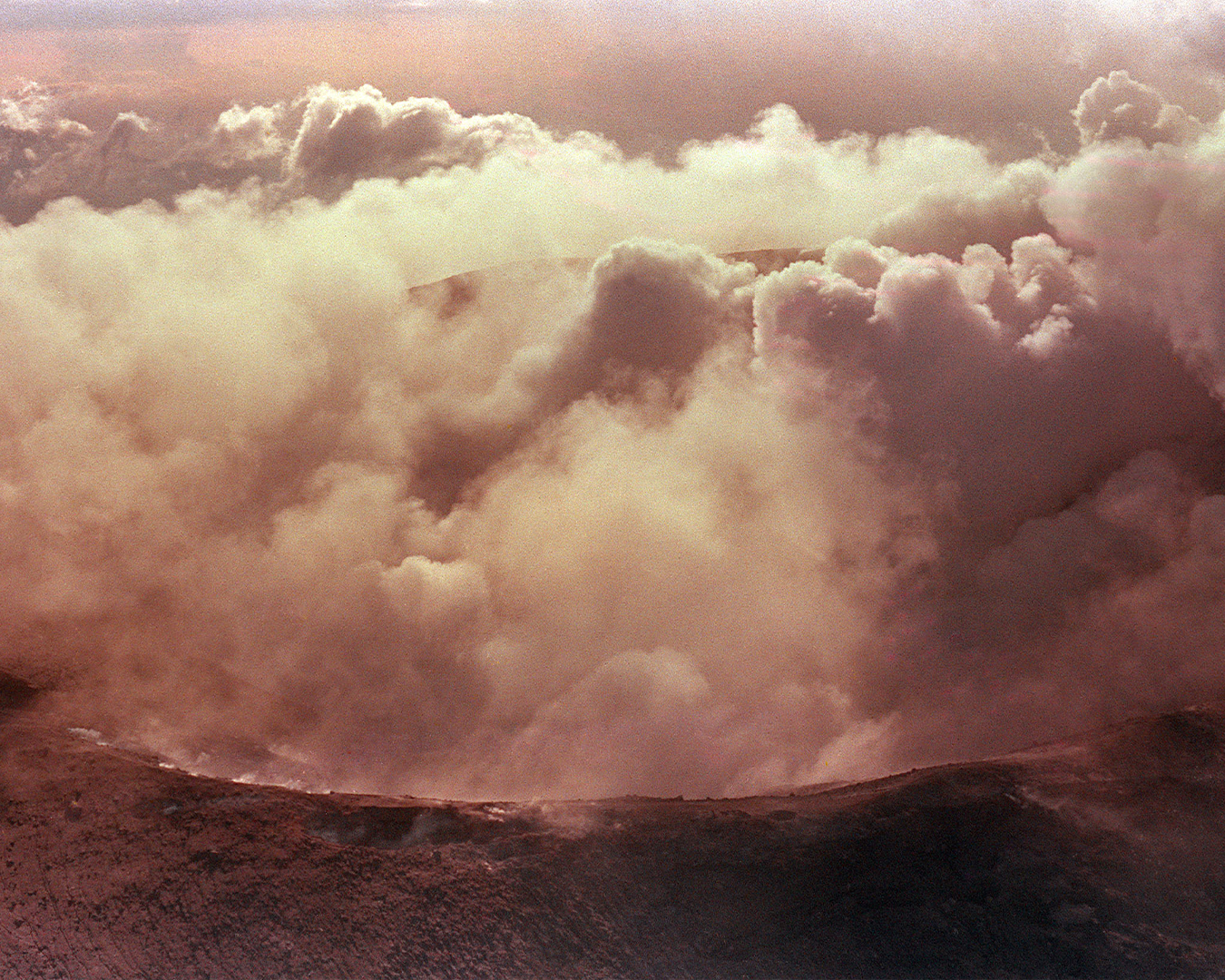On the evening of November 13, 1985, around 9 p.m., the Nevado del Ruiz volcano in Colombia violently erupts. Within two to three hours, a fast-moving flow of mud, ice, rocks and lava called a lahar travels more than 60 miles, burying towns. It would kill more than 23,000 people, injure upward of 5,000 and destroy more than 5,000 homes. Hardest hit was the town of Armero, where three quarters of the 28,700 inhabitants died.
Situated in the north-central part of Colombia, Nevado del Ruiz had been active over the centuries, with multiple eruptions—and mudflows—shaping the landscape in the valleys below. When the volcano entered an extended dormant period, people began to build towns over the mudflow areas and glacial ice built up near the volcano’s crater.
Toward the end of 1984, activity picked up at the volcano. Geologists from around the world traveled to Colombia to observe the situation, recording multiple tremors. The following year, on the afternoon of November 13, 1985, an eruption of steam, gas and ash caused debris to cascade down the mountain. Scientists, believing a full-blown eruption was possible, recommended evacuating the area. Their concerns, however, were largely ignored.
Around 9 p.m. that night, a major eruption occurred. Ash spewed some 30 miles into the air and lava flowed out of the crater, melting the glacial ice surrounding it and causing massive mudslides.
The slides hit the town of Chinchina first, killing 1,100 people when a mudslide overwhelmed the village. The city of Armero suffered even more devastation. The wave of mud, rock and ice piled nearly 100 feet high as it barreled down on the city. Although it could be heard for a full 30 minutes before it struck, there was little the residents could do to avoid it. Further, many radio reports were instructing the residents to stay in their homes.
In addition to the more than 23,000 lives lost, infrastructure, homes, livestock and agriculture were all devastated. Some 7,500 people were left homeless.
